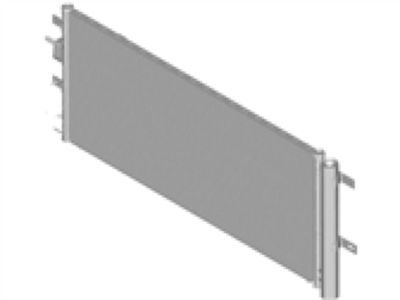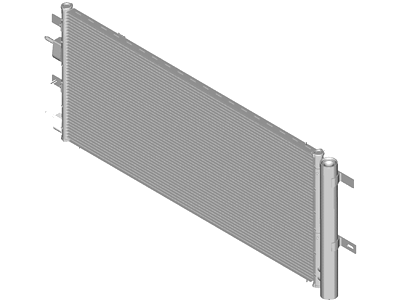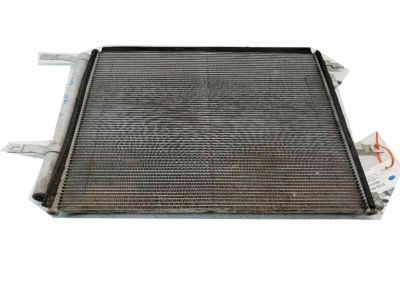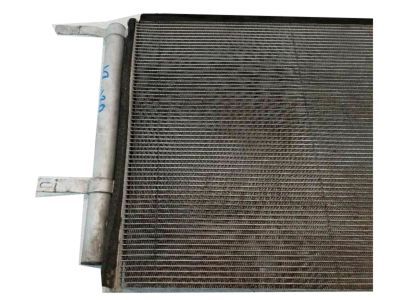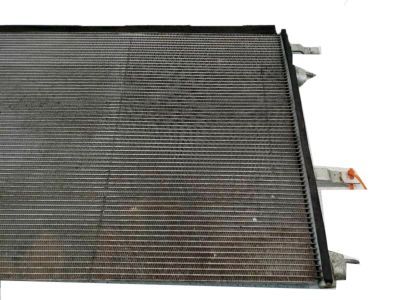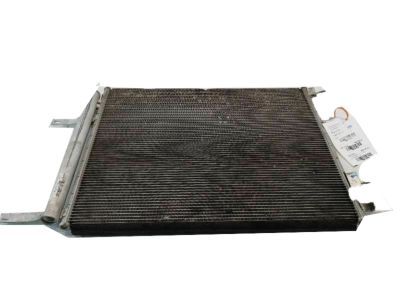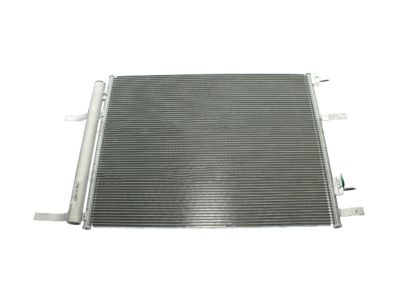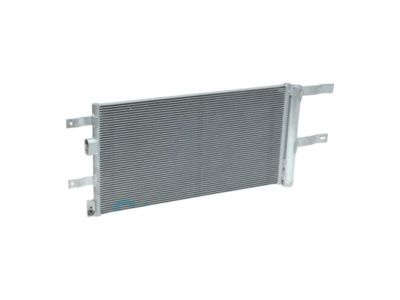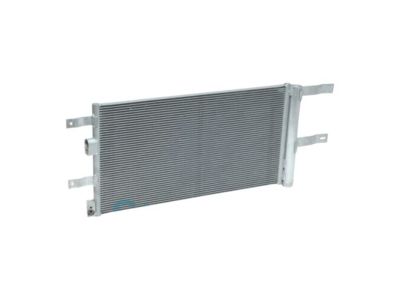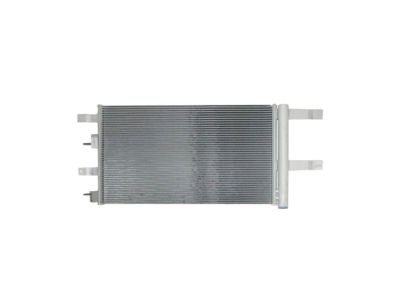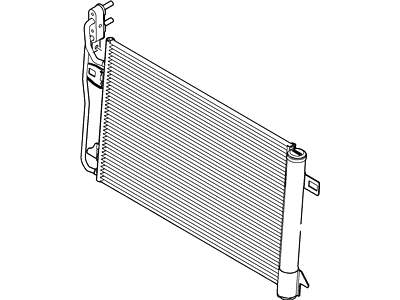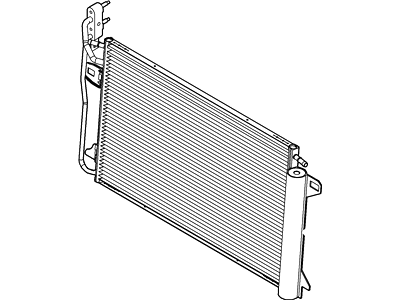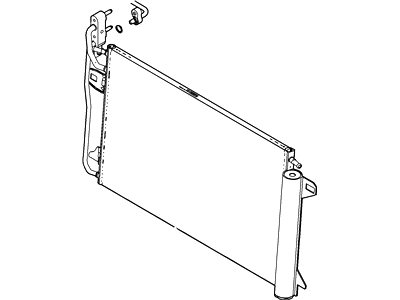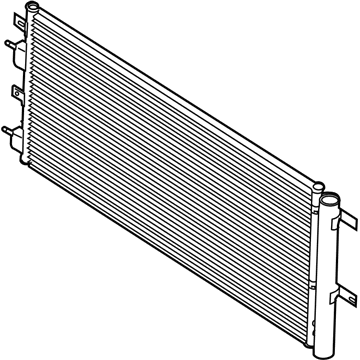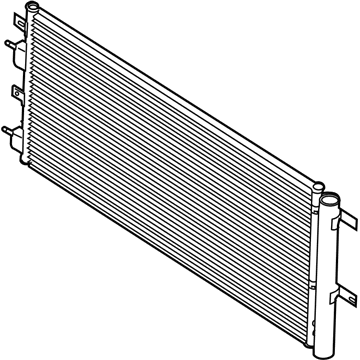

My Garage
My Account
Cart
Genuine Ford Fusion A/C Condenser
Air Conditioning Condenser- Select Vehicle by Model
- Select Vehicle by VIN
Select Vehicle by Model
orMake
Model
Year
Select Vehicle by VIN
For the most accurate results, select vehicle by your VIN (Vehicle Identification Number).
11 A/C Condensers found

Ford Fusion Condenser Assembly
Part Number: HG9Z-19712-D$197.29 MSRP: $329.09You Save: $131.80 (41%)Ships in 1-2 Business DaysFord Fusion Condenser Assembly
Part Number: HS7Z-19712-B$297.19 MSRP: $478.18You Save: $180.99 (38%)Ships in 1-2 Business DaysFord Fusion Condenser Assembly
Part Number: HG9Z-19712-E$136.18 MSRP: $249.09You Save: $112.91 (46%)Ford Fusion Condenser Assembly
Part Number: 9E5Z-19712-A$184.21 MSRP: $307.27You Save: $123.06 (41%)Ships in 1-2 Business DaysFord Fusion Condenser Assembly
Part Number: 9N7Z-19712-A$190.75 MSRP: $318.18You Save: $127.43 (41%)Ships in 1-2 Business DaysFord Fusion Condenser Assembly
Part Number: 6N7Z-19712-A$190.75 MSRP: $318.18You Save: $127.43 (41%)Ships in 1-2 Business DaysFord Fusion Condenser Assembly
Part Number: G3GZ-19712-A$224.54 MSRP: $374.55You Save: $150.01 (41%)Ships in 1 Business DayFord Fusion Condenser Assembly
Part Number: DG9Z-19712-B$197.29 MSRP: $329.09You Save: $131.80 (41%)Ships in 1-2 Business DaysFord Fusion Condenser Assembly
Part Number: DG9Z-19712-C$197.29 MSRP: $329.09You Save: $131.80 (41%)Ships in 1-2 Business DaysFord Fusion Condenser Assembly
Part Number: HS7Z-19712-C$275.72 MSRP: $443.64You Save: $167.92 (38%)Ships in 1-2 Business Days
Ford Fusion A/C Condenser
As an A/C Condenser on Ford Fusion, this component is also a heat exchanger that cools the gaseous refrigerant and turns it into a liquid for recirculation. This component appears in most cars, usually right before the radiator and is made up of a series of interconnected tubes to support the conversion. It is noteworthy that in the Fusion cars of different years, it may be possible to find A/C Condenser of different types or types, but their main task is the same - to maintain a certain temperature of the refrigerant to provide the optimal functioning of the A / C system.
We provide a wide range of Ford Fusion A/C Condenser at the best prices possible. If you need Ford Fusion A/C Condenser, you can shop with confidence on our website. All our OEM parts come with a manufacturer's warranty and are delivered to your door step with a fast delivery service.
Ford Fusion A/C Condenser Parts Questions & Experts Answers
- Q: How to remove and install the A/C Condenser on Ford Fusion?A:Have the air conditioning system discharged by a dealer service department or an automotive air conditioning shop before proceeding. The condenser is combined with a power steering cooler, with the upper passages used for the power steering fluid cooling. At the bottom left of the condenser, there is a replaceable receiver/drier cartridge inside the condenser that is accessible by removing a threaded plug on the bottom of the condenser on the left end. Disconnect the refrigerant inlet and outlet pipes from the condenser. Remove the bolt or nut securing the pipes to the block that is part of the condenser. Cap the lines to prevent contamination. On 2012 and earlier models, the refrigerant pipe block is retained by a bolt and a pin type rivet that must be drilled out. On 2009 and earlier 2.3L and 3.0L engines and all 3.5L engines, remove the power steering cooler hoses from the top of the condenser and position them to the side. Release the clips securing the condenser to the radiator and remove the left and right radiator support brackets. On 1.5L, 1.6L and 2.0L models, remove the Charge Air Cooler (CAC) tube below the compressor. Remove the mounting bolts and lift the condenser up and out of the U-mounts on the radiator. Remove the condenser. If you're going to reinstall the same condenser, store it with the line fittings facing up to prevent oil from draining out. If you're going to install a new condenser, pour one ounce of refrigerant oil of the correct type into it prior to installation. Before reconnecting the refrigerant lines to the condenser, be sure to coat a pair of new O-rings with refrigerant oil, install them in the refrigerant line fittings and tighten the condenser inlet and outlet nuts securely. Installation is otherwise the reverse of removal. Have the system evacuated, recharged and leak tested by the shop that discharged it.
